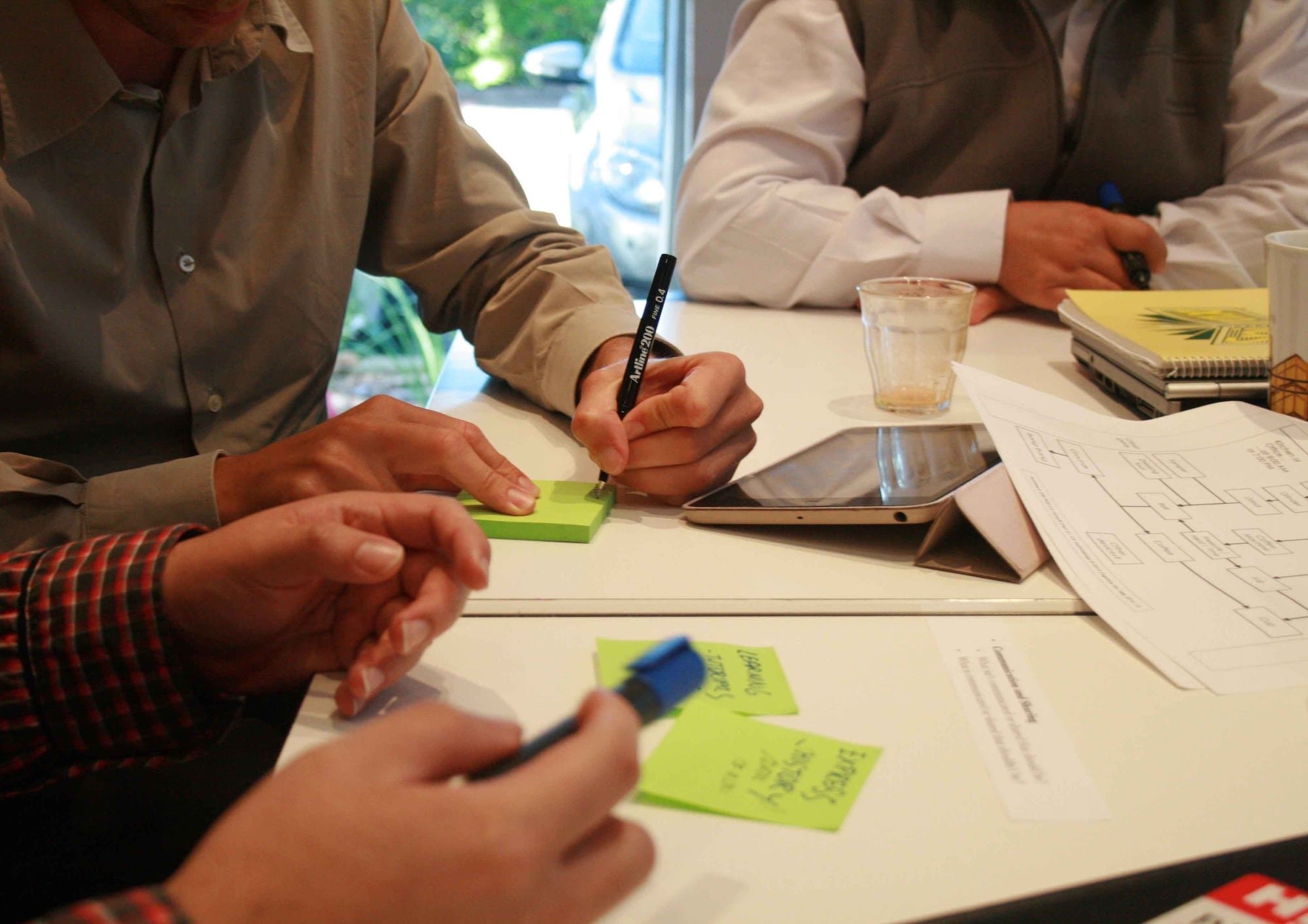Understanding the complex relationship between mastery, automation and taste, for people who delight in making their own coffee.
What do different types of people appreciate about making and drinking coffee? And how does automation fit into their experiences?
We helped a well-loved Australian home appliance company dive deep into coffee making culture, practices and coffee-making activities. The problem to solve was to understand how someone’s level of expertise contributes to their coffee-making experience, and what effects automation might have.
With a tight time-frame and budget, we first immersed ourselves in the coffee community online to understand the culture, which is a world in and of itself - through forums, we gained knowledge from aficionados about beans, coffee recipes, equipment, tricks, tips and quirks for making the best tasting coffee. From there, we engaged with people in person, conducting interview and observation sessions with everyday coffee makers and ‘super-users’ in their kitchens, a coffee machine always at the ready.
Our research uncovered insights about coffee making, including what is important to people when it comes to the coffee-making experience, how they interact with their coffee machines, and how it makes them feel. The range of coffee making methods and preferences were much more nuanced and complex than anyone expected.
From these insights, we were able to establish fundamental requirements for coffee making, at all levels of expertise and complexity. It was from these that we then created coffee machine prototypes, which we tested out in a role-playing and brainstorming innovation workshop with the organisation’s Design and Product Teams.
Our research and prototype designs helped shape ideas that were used for the next generation of coffee appliances. Perhaps even the one in your kitchen.
Role-playing and brainstorming innovation workshop with the organisation’s Design and Product Teams.


